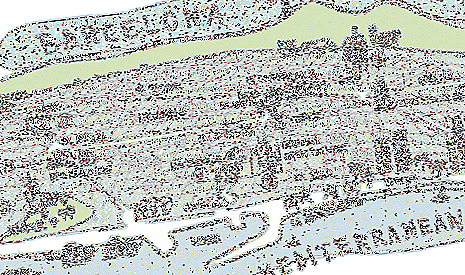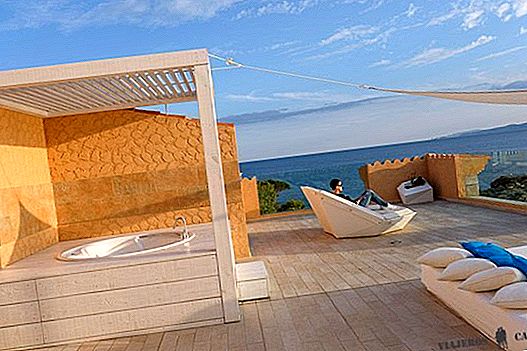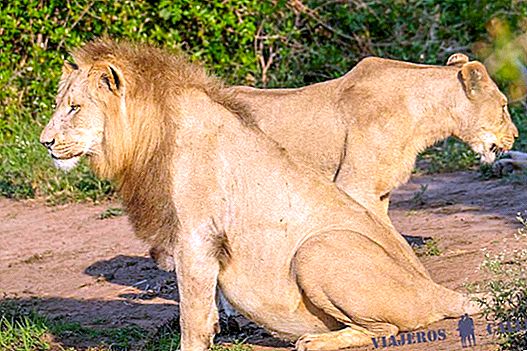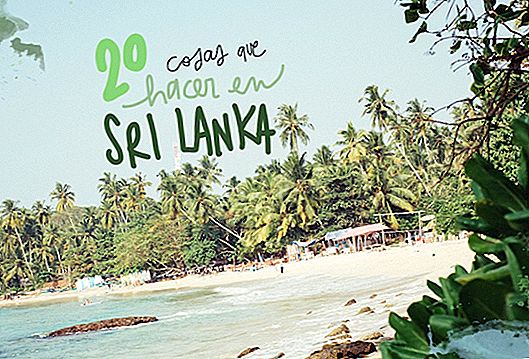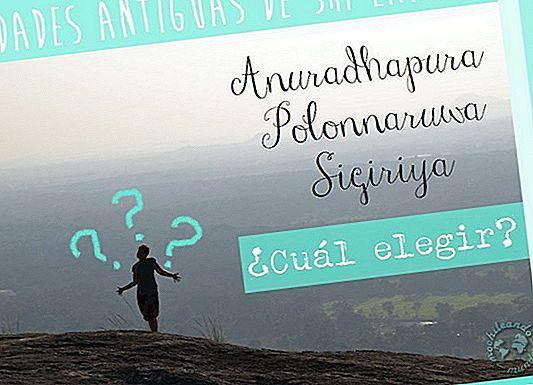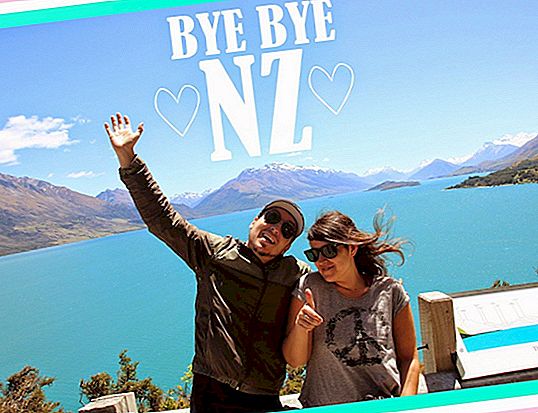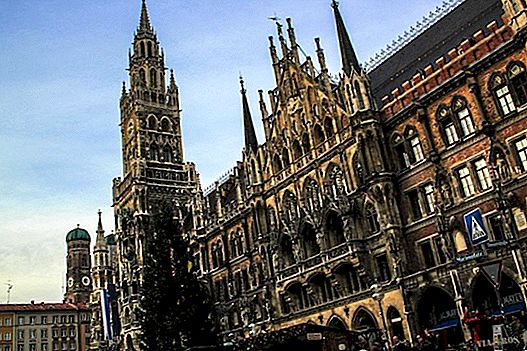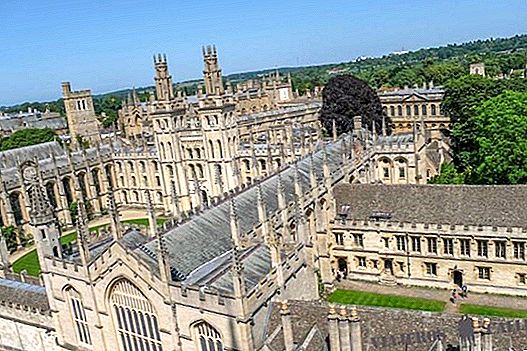Day 7: Datong: Hengshan Hanging Monastery and Yungang Caves - Night train to Pingyao
It's 5:20 in the morning at Beijing night train to Datong When they open the door, knocking on the plastic ticket they gave us yesterday when we arrived to exchange it for our original train ticket and let us know that we are arriving in Datong. We have only a few hours left to know what has brought us here: Yungang Hanging Monastery and Caves in Datong.
We collect our things and punctual as a clock we arrive at Datong, which will be today's destination, just for a few hours, just enough to know the Yungang Hanging Monastery and Caves, because tonight we catch another night train, this time heading to Pingyao, which will be our next destination on this trip to China for free.
Before leaving the Datong train station they ask us to show the ticket (remember not to throw it away, since train tickets in China are necessary to leave the stations) and right at the entrance we find Peter, name with which we will know from now on the boy who will accompany us throughout the day, from the Datong Trip agency that has offered us the opportunity to enjoy with them the private visit to the Hengshan Hanging Monastery and Yungang Caves, also called the Petra of China, two of Datong's jewels.
Initially Nancy, the guide, had to come with us, but when she is in Pingyao these days, in the end she can only accompany us Peter, who does not speak English very well, will be a driver throughout the day.
Once the presentations are made, we go to the agency's office for a while to clean up and leave our bags and then we go down to a KFC, it is the only place where we can have a coffee before we start to theHengshan Hanging Monastery and Yungang Caves.
It's 6 o'clock in the morning when we set off to Hanging Monastery or Xuan Kong Si located 80 kilometers from Datong, where it will take us about two hours or so to arrive.
On the way we begin to see a lot of fog, something that leaves us a little bewildered thinking if we can see the Hanging Monastery, or with this fog there will be no way to distinguish it in the mountain.
But time plays in our favor and continues to accompany us and as we get closer we see how the sun begins to hit the mountain where the Hengshan Hanging Monastery.
We arrived around 8.15 in the morning and after going through the box office, 130RMB per person, we show them the student card but they tell us that it is not valid, we pass to one of the most impressive enclaves we have ever been.

Hengshan Hanging Monastery
The views are incredible and the closer we get, the more impressed we are. We have reached the best time, since they have just opened, so there are not many people yet and we can take advantage of a few minutes in peace. Now we understand why Nancy and Peter they insisted on leaving at 6 am in Datong for a visit to the Yungang Hanging Monastery and Caves in Datong.

Hanging Monastery
Built precariously on the cliff wall, this Buddhist monastery is even more impressive if possible, because of the long stilts that support it.
After a while in the area, trying not to miss one of the possible perspectives, we climbed the stairs that give us access to the Hanging Monastery Properly said.

Views of the Datong Hanging Monastery
The rooms are built along the contours of the cliff and are connected by wobbly wooden walkways and narrow corridors, which we do not want to think about as they will be crowded as soon as the organized groups begin to arrive that we begin to see that they park in the area Parking

Stunning hallways in the Hanging Monastery

Hanging Monastery
The visit is incredible in all aspects and more than enough reason to get here.
One of the things we must state is that we had read that the visit, for people suffering from vertigo, was quite difficult. Telling that I (Vanessa) suffer enough from him, I have to say that the visit can be done perfectly. It is more the impression given by being going up and down the narrow wooden steps, not the height when you look at the railings.

Hanging Monastery

Impressive Hanging Monastery in Datong
We are here until almost 9:45 in the morning and after this impressive visit we return to the car to return to Datong (the caves are in the direction completely opposite to the Hanging Monastery) and continue today with the visit to the famous Yungang Caves.
From Datong to Yungang we have 20 kilometers and it takes about an hour. As we get closer to the city, we notice how the sky turns gray at times and we remember yesterday, when we visited the Summer Palace in Beijing and although the day was quite clear, as they passed the hours, that mist appeared that half let us live the pollution that is talked about so much in these Chinese cities.
More practical information to prepare your trip to China
- 10 essential places to visit in China
- 10 essential tips for traveling to China
We arrive at Yungang Caves at 12 noon, but before entering and after telling Peter that we preferred to eat before the visit, we stopped at a local restaurant, in a street that they have enabled next to the caves, where we can find all kinds of shops and restaurants and we ordered a plate of typical Datong dumplins, plus a meat pankake and two colas for 47RMB.

Eating typical Datong dumplings
At 1 noon and already with a full stomach and with renewed energies we enter the enclosure of the Yungang Caves, paying before 120RMB per person since here we also do not accept the student card and we are going to walk the path that there is until you reach the famous Yunang Caves.
Think that the entrance is not exactly in the caves, if not more than 1 kilometer (if you want there is a little train that takes you to them directly), but if you have time we advise you to make the journey walking, since the views are worth the sorrow.
They say of the Yungang Caves which are one of the most exceptional examples of the Buddhist rock art of the x.V.
Sculpted by the Tuoba, a Turkic-speaking people, they reveal Hindu, Persian and even Greek influences, arriving through the Silk Road.

Buddha statue in Yungang Caves
Despite the deterioration over the years, many statues still retain pigmentation. Several caves were covered by wooden structures, many of which have disappeared, although caves 5, 6, 7 and 8 have wooden temples in front.
Eight of the caves house impressive Buddha figures, although the largest is in Cave 5 and is a 17-meter-tall seated Sakyamuni Buddha.
Several times they warn us that inside the caves we cannot take photographs, so you must go there to be able to have one of the most beautiful images we remember ever seeing on our trips for free.
Cave number 6 is an explosion of color with a pagoda in the center of the cave that rises to the ceiling.
Caves 16 to 20 are the oldest in Yungang and were carved under the supervision of the monk Tanyao. The cave 18 stands out, with sizes of exceptional quality.
Cave 19 houses an effigy of Sakyamuni of almost 17 meters high.

Yungang Caves
The Maitreya Buddha is a recurring theme in the Yungang Caves, as for example in caves 13 and 17, where we can see it next to some inscriptions made by the workers of Hohhot and other faithful.

Yungang Caves in China
Cave 20 has a large seated Buddha that is used as a symbol of Yungang, while the one on the left has disappeared. The Buddhas of many of the caves on the west end of the complex have their hands amputated, as in cave 39.

Buddha in Yungang Caves

Yungang Caves in Datong
As we move through the different caves, this time with more peace of mind, since by the time most organized groups are still eating, we understand why Yungang Caves they are so well known in this area of China and why they call them Little Petra of China. Although we have to say that they have reminded us, in a way, of the Dambulla Caves in Sri Lanka.
It's almost 3 in the afternoon when we start the way back to the parking lot, where our driver is waiting for us to return to the city and end the tour to Yungang Hanging Monastery and Caves in Datong.
Undoubtedly, as we said before in the Hanging Monastery, only for the two visits today, it has already been worth spending the hours we have spent at night train and even the trip to China.
It's almost 3 in the afternoon when we return back to Datong and once in the office of Peter, when it is almost 5:30 in the afternoon, he asks us what we are going to do until the time our Night train from Datong to Pingyao, which is at 11 p.m. By telling him that we are going to look for a place where they have a connection to work for a while, he tells us that if we want we can stay in his office to work as long as we need. If with these things we realize not only the professionalism but also that with desire, everything can be achieved. And is that Peter He doesn't speak practically any English and had several phrases written to guide us on today's tour of the Yungang Hanging Monastery and Caves in Datong and nothing more. But with the help of signs and a translator, in the end we have ended up being able to talk as if we speak the same language.
So we stayed in his office until 7 in the afternoon that we left with our bags loaded for coffee and dinner and above all "kill"the time until 11 at night that our Night train to from Datong to Pingyao, which will be our next trip destination to China.
After 9:30 we go to the station and repeat the process yesterday when we took the train from Beijing to Datong at Beijing Central Station.
We pass through the central ticket offices of the station and with much less controls than yesterday, we access the second floor in the waiting room 3 from where our train will leave in just under an hour.

Datong Station
And without realizing it, we are already entering our car, ready to spend our second night aboard a train.
Again located in our soft bunk, something that we have not yet deduced why it is called that, since soft, has little if we want to be honest.

Soft berths of the night journey from Datong to Pingyao
Touch to lie down and try to rest. Tomorrow Pigyao awaits us !!
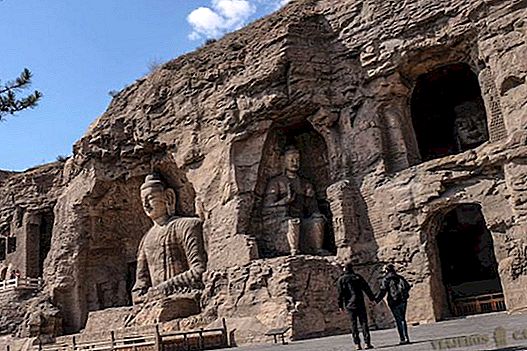
Saying goodbye to the impressive Yungang Caves
 Day 8: Pingyao: Confucius Temple, City Tower, Rishengchang House of Finance Museum, Qingxu Guan, Nine Dragon Wall, Pingyao Walls
Day 8: Pingyao: Confucius Temple, City Tower, Rishengchang House of Finance Museum, Qingxu Guan, Nine Dragon Wall, Pingyao Walls

